Have you ever asked if having Plastic Surgery Can Reduce Acne Scars? Think about being highly aware of your facial pores and skin, avoiding social situations, and constantly trying useless new treatments. This will be rather discouraging and irritating. however, there could be hope.
By treating the underlying cause of the problem at Royal Cosmetics Surgery Clinic Islamabad you may get smoother, clearer skin, which will improve the look of your skin and increase your self-confidence. Remember the effect that this will have on your life. Fewer scars can make you feel more at ease in your skin and more prepared to take on work with increased self-assurance.
Treatments for Reducing Ance Scars With Plastic Surgery:
Skin Resurfacing Laser Scars
With laser resurfacing, the outer layer of damaged skin is removed. To ease the pores and skin and delay the appearance of scars, this treatment encourages the production of collagen. This method works well for many types of acne scars.
Dermabrasion
A surgical process called dermabrasion washes the skin. It makes floor scars disappear and enhances skin texture. A high-speed rotary tool is one of the tools used in the system. More severe wrinkling is appropriate for this treatment.
Chemical Peels
Chemical peels entail putting a chemical method to the skin’s pores. By removing its outer layers, this solution reveals the skin beneath to be thinner. Chemical peels can range in intensity from light to deep, depending on how severe the scars are.
Micro-needling
Using tiny needles, microneedling creates micro-accidents inside the skin and pores. Those mishaps encourage the synthesis of collagen and elastin. This procedure helps to purify the skin and lessen the severity of acne scars.
Soft Tissue Fillers
Hyaluronic acid is one of the substances that mild tissue fillers inject into the skin. Fillers aid in restoring and smoothing out depressed scars. Although the effects are instantaneous, repeated treatments can sometimes be necessary.
Can Plastic Surgery Reduce Acne Scars?
Yes, plastic surgery can reduce scars from acne. Several procedures, including punched excision, dermabrasion, chemical peels, and microneedling. which refer or smooth tissue fillers, are effective in enhancing the texture and look of the skin. Every method focuses on certain types of scars and encourages more even, smoother skin. Speaking with a skilled plastic surgeon helps you determine the best treatment for your unique needs. When done correctly, plastic surgery may significantly lessen the visibility of acne scars and boost your self-esteem.
Guide to Plastic Surgery Procedures for Acne Scars:
- The first step in the method is to apply anesthetic or numbing lotion.
- They make tiny incisions all over the area that are scarred.
- The medical practitioner removes or modifies the scar tissue.
- It can be necessary to administer lipids or filler to cleanse the skin’s pores.
- Closing the cuts requires stitches.
- It is the dressing for a wound to keep the area safe.
- Non-invasive therapies have follow-up requirements.
- Frequent follow-up visits guarantee development and appropriate healing.
Enhance Skin Aesthetics Generally using Plastic Surgery:
- It enhances the texture of the skin.
- Your entire look will seem improved.
- Stronger is a typical outcome.
- Influence on mental health that is beneficial.
- Lot less time wastage on scar hiding and makeup.
- Your everyday schedule gets easier.
- In social situations, you might feel very comfortable.
- Your level of life satisfaction can significantly improve.
Cost of Plastic Surgery Treatment for Reducing Acne Scars:
The Plastics Surgery for Reducing Acne Scars cost starts at PKR 75,000. The price may vary from person to person, as different factors impact the cost of the treatment procedure. Factors like the number of sessions, dermatologist expertise, and type of treatment will affect the overall cost of the procedure. To learn about the precise cost, make sure you consult our team.
Book Your Consultation!
Please complete the form below to schedule a consultation for plastic surgery in Pakistan. To make an appointment, contact the clinic by phone or chat. We will schedule your advance visit with our experts.



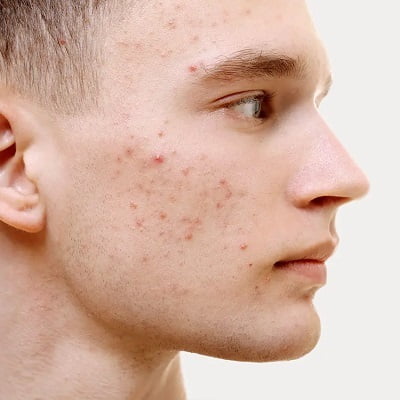

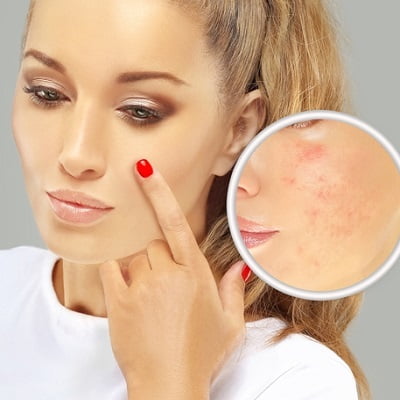
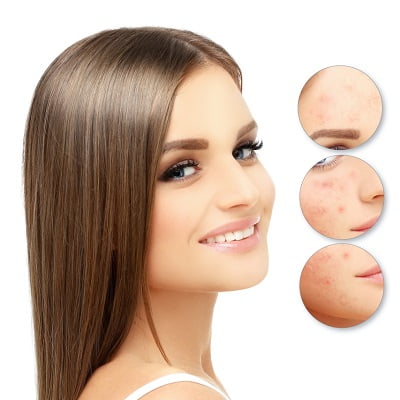
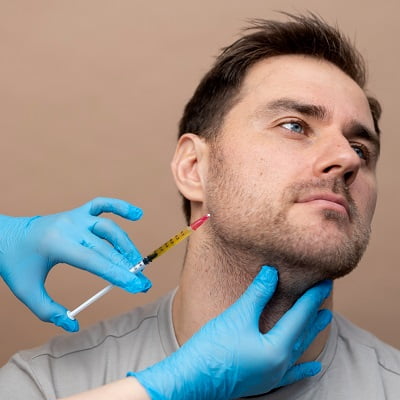



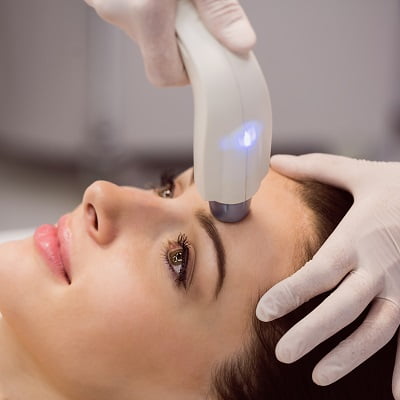
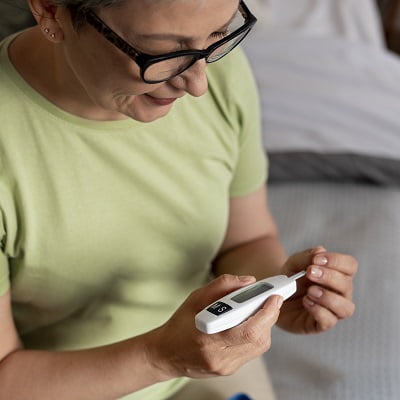
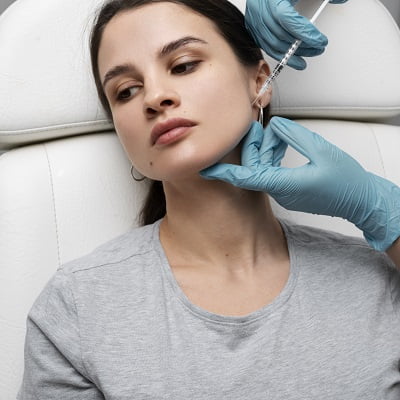
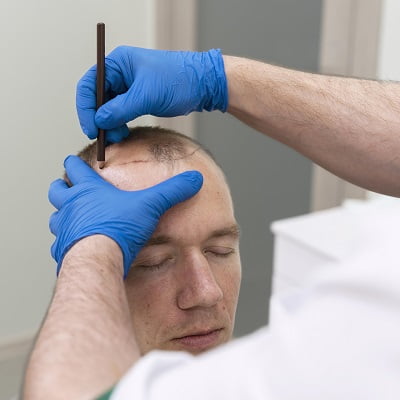

Book Appointment